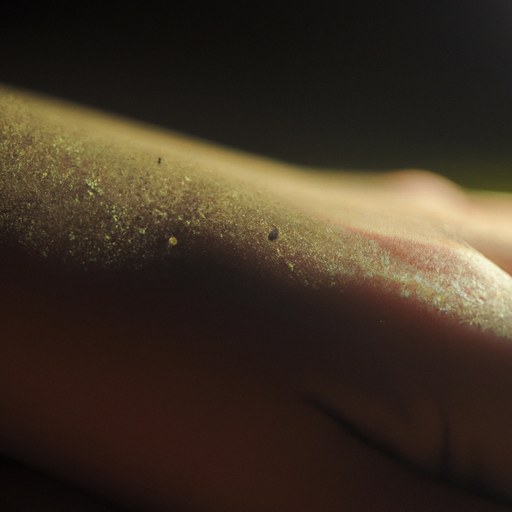As a medical professional, I have witnessed the transformative power of facial peels firsthand. This non-invasive treatment has the potential to rejuvenate your skin, leaving it radiant and youthful. However, the concept of facial peels can be daunting for many, especially those who are unfamiliar with the process. This article aims to demystify facial peels and highlight their benefits.
Facial peels, also known as chemical peels, are treatments that involve the application of a chemical solution to the skin. This solution causes the top layer of skin to exfoliate and eventually peel off, revealing a smoother, healthier layer beneath. The new skin is often less wrinkled, less pigmented, and more radiant than the old skin.
There are three types of facial peels: superficial, medium, and deep peels. Superficial peels, often referred to as “lunchtime peels,” use mild acids like alpha-hydroxy acid to penetrate only the outermost layer of skin. They gently exfoliate to improve the appearance of mild skin discoloration and rough skin.
Medium peels penetrate the outer and middle layers of skin to remove damaged skin cells. They utilize glycolic or trichloroacetic acids to improve age spots, fine lines, wrinkles, freckles, and moderate skin discoloration.
Deep peels penetrate the mid to lower layer of skin and address more serious imperfections such as deep wrinkles and scars. They use phenol or trichloroacetic acids and often require a longer recovery period.
The benefits of facial peels are numerous. They can reduce fine lines under the eyes and around the mouth, treat wrinkles caused by sun damage and aging, improve the appearance of mild scars, treat certain types of acne, reduce age spots, freckles, and dark patches, and improve the overall look and feel of skin.
However, it’s important to remember that while facial peels can significantly improve skin’s appearance, they cannot treat deep wrinkles or sagging skin, change pore size, or remove deep scars. For these issues, more invasive procedures may be necessary.
Before undergoing a facial peel, it’s crucial to consult with a dermatologist or a trained skin care professional. They can assess your skin type and condition, discuss your goals, and recommend the most suitable type of peel.
After the treatment, depending on the type of peel, there may be a recovery period during which the skin heals and the new layer emerges. During this time, it’s essential to protect your skin from the sun as it will be sensitive and more susceptible to damage.
In conclusion, facial peels are a powerful tool in the quest for radiant skin. They offer a non-invasive solution to common skin concerns and can significantly enhance the appearance and health of your skin. However, they are not a one-size-fits-all solution and should always be administered by a trained professional.
As with any medical procedure, it’s crucial to understand what facial peels involve and what they can and cannot achieve. With the right expectations and professional guidance, you can harness the power of facial peels to reveal a more radiant you.



